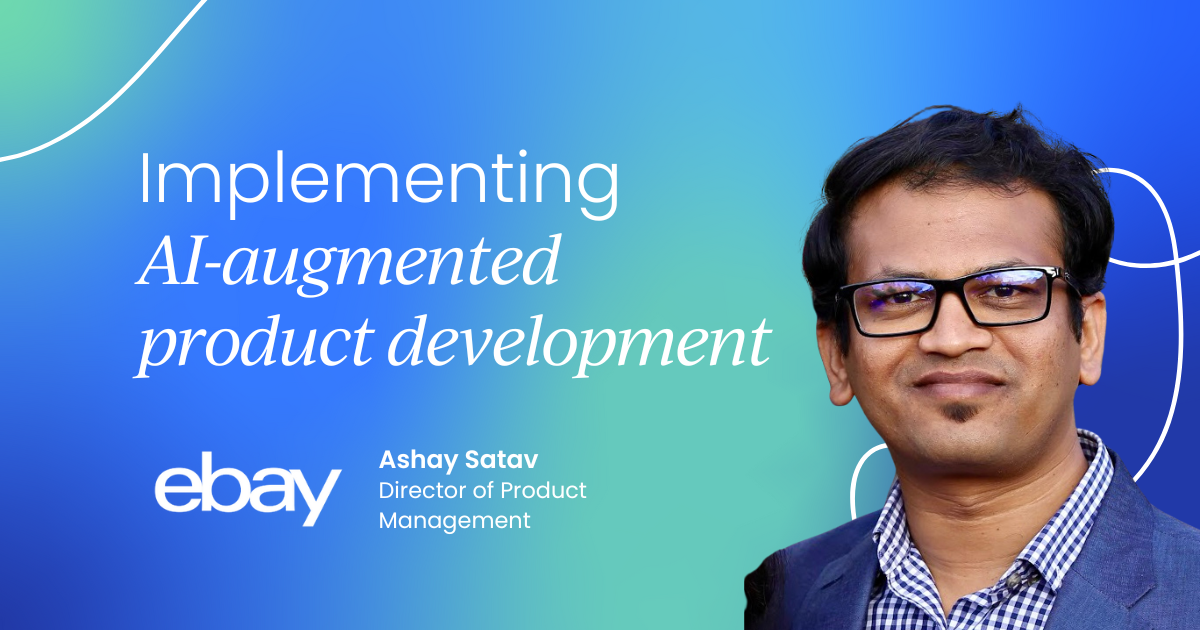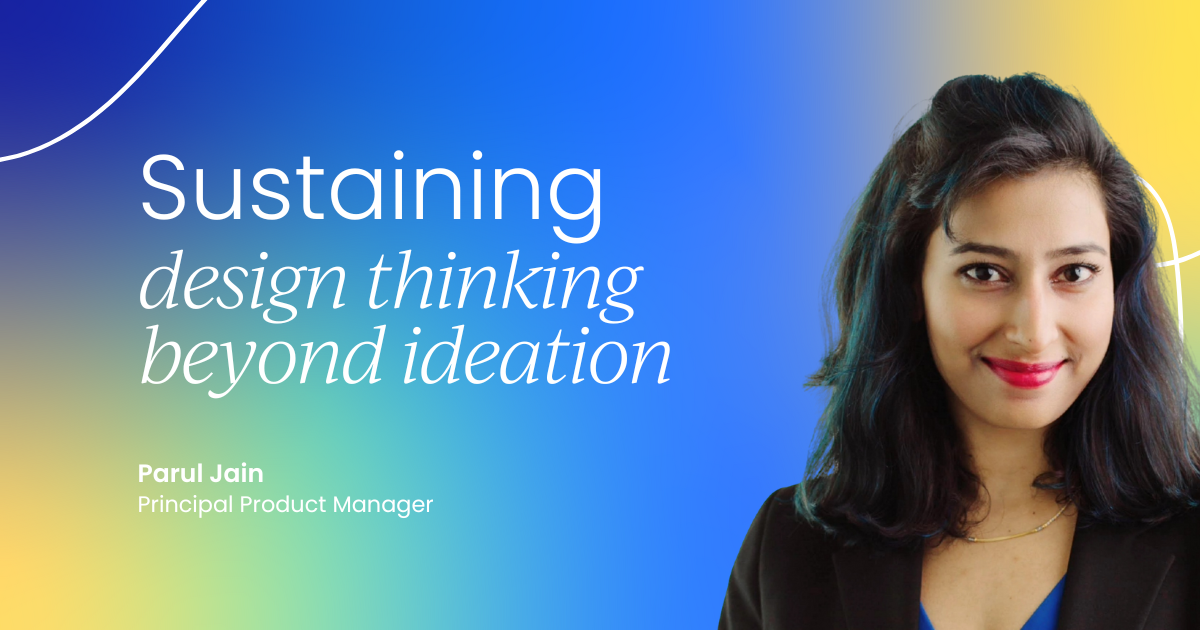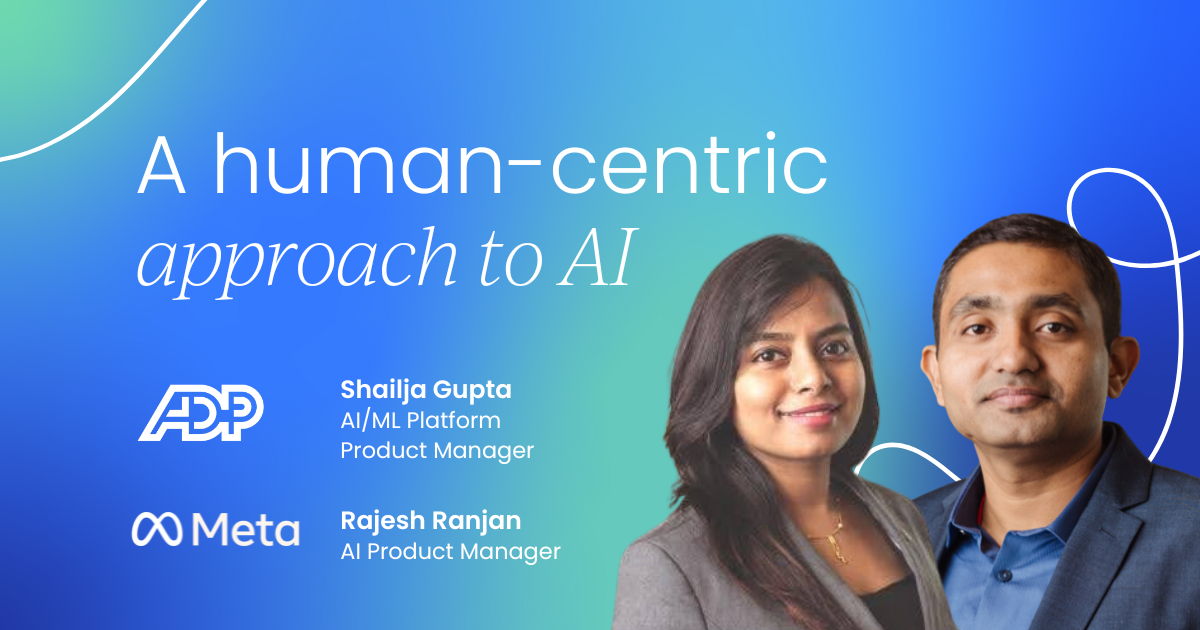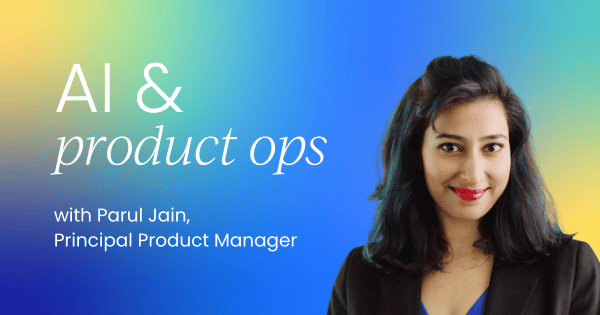Product teams are no strangers to operational gravity, from Jira tickets to retro documentation, and dashboard updates to roadmap formatting. All necessary, but all too often pulling focus from what truly moves the needle: customer discovery, strategic alignment, and high-judgment decisions.
What if GenAI didn’t just help us do this busywork faster, but helped us transform it into a strategic advantage?
This article walks through how GenAI is reshaping product operations by aligning tools with the natural flow of the product development lifecycle (PDLC) – from customer research to prototyping, delivery, and retrospectives.
Drawing on first-hand experiences, including reviewing AI tools that assist product teams with Epics, user stories, and test cases, I explore how we’re moving beyond automation and into the era of strategic augmentation.
The turning point: From chaos to clarity
It started with a simple ask: evaluate a new internal AI tool designed to help PMs document Epics, user stories, and test cases from architectural diagrams, interview notes, and product briefs.
In the large global enterprises, teams often follow wildly different documentation practices. This AI Tool wasn’t flashy. But it worked. And more importantly, it reduced friction that quietly slows down even the best teams. Instead of rigid templates, it offered just enough structure to align quickly across domains.
Junior PMs onboarded with more confidence, and experienced PMs shifted their focus to strategic decision-making over formatting. The outcome was efficiency and consistency without constraint.
That, to me, is the essence of product ops: not eliminating the grunt work but elevating it.
A mental model for GenAI: PASS framework
When deciding where to apply GenAI, I use a simple filter:
- Patterned – Is the task repeatable and well-structured?
- Alignable – Can outputs follow existing standards or rituals?
- Strategically valuable – Does it consume significant effort but have high strategic value?
- Stakeholder-tolerant – Safe to share with limited oversight?
If a task meets three out of four criteria, it’s considered suitable for AI assistance. This approach prioritizes fields such as research synthesis, user story drafting, and rapid prototyping, while reserving human oversight for decisions involving roadmap trade-offs or experimentation strategies.

Across the PDLC: GenAI in action
1. Conceive & discover – From curiosity to clarity
Discovery is where ambiguity reigns.
For me, GenAI tools like ChatGPT and Perplexity have helped shortcut early research, identifying trends, regulations, and user behaviors in new markets. What used to take hours across 15 tabs now takes minutes to frame.
Caveat: GenAI can reflect biased perspectives or serve up outdated information, especially in domains where accuracy is evolving fast.
Lesson learned: Treat GenAI as a smart research assistant, not a source of truth. It frames curiosity and speeds up orientation, but the depth still comes from people, not prompts.
2. Ideate & prototype – Making the abstract tangible
Once a problem is scoped, visualizing solutions early is crucial. Tools like Lovable help me move from debate to design – fast.
Instead of long whiteboarding, I build a mock and let stakeholders respond to something real. GenAI can also cluster user problems, generate early value props, and bring clarity to ideation.
Lesson Learned: The visual nature of prototyping accelerates decision-making. But without anchoring designs in actual user insights, it’s easy to chase shiny solutions.
Caveat: GenAI can help generate UI flows, but it still takes human context to ensure they’re desirable, feasible, and viable.

3. Build & validate – Automating the repetitive, not the strategic
During product execution, GenAI has been a quiet productivity booster. I’ve used it to summarize meeting notes, draft test cases, and prep acceptance criteria. It doesn’t replace spec-writing – it reduces the ramp time.
I've also seen experiments where teams use GenAI to generate A/B variants and parse early lift signals.
Reality Check: Junior PMs or new team members sometimes lean too heavily on AI-generated documentation. Once, vague acceptance criteria led to downstream confusion during QA.
Lesson Learned: Drafting is easy. Vetting is everything. GenAI can get you to 70%, but the final 30%, the context, judgment, and edge cases, still need a human brain.
4. Deliver & communicate – From output to outcome
Shipping is only half the story. Telling the impact story clearly and quickly is where GenAI shines.
I often use Canva to turn outcomes into polished visuals for leadership. And when I need to bring a user insight to life, ChatGPT’s image generator helps create contextual visuals like sentiment trends or post-launch feedback maps.
On the listening side, tools like Sprinklr help make sense of open-text feedback. In one case, it flagged friction in a redesigned flow just days after launch.
AI summarized the trend and helped trace the issue to a specific UI interaction leading to a fix before escalation.
Caveat: Garbage in, garbage amplified. Messy feedback systems limit AI value.
Lesson: GenAI helps turn feedback into action, but only if your taxonomy and rituals are solid.

Hard-won lessons from the front lines
Even when GenAI delivers early wins, growing pains are inevitable:
- Over-reliance happens fast. When tools work well, teams may stop questioning them. We started regular “AI Fails & Fixes” reviews to normalize prompt tuning, share surprises, and build healthy skepticism.
- Hallucinations are real. In one case, a tool confidently generated fake assumptions. The fix wasn’t just better prompts – it was metadata controls and mandatory human review.
- Tool sprawl can kill momentum. Too many teams, too many tools, and suddenly your ecosystem becomes unmanageable. A light-touch review board helped streamline choices and protect coherence.

Responsible by design
With great power comes... compliance risk. As AI scales inside enterprises, governance becomes the foundation – not the follow-up.
I’ve seen the benefit of clear usage policies, shared prompt libraries, and human-in-the-loop reviews, especially when GenAI influences customer-facing insights.
With regulations like the EU AI Act gaining traction, these aren’t “nice-to-haves”, they’re your license to operate.
Trust isn’t just a brand value. Now it’s a competitive moat.
GenAI is quietly threading itself through the entire product development lifecycle. Here’s how I’ve seen its impact evolve, stage by stage.
Not just tools – Strategic ecosystems
Ultimately, what separates high-impact product ops from AI experiments is how well they integrate across the product ecosystem. It’s not enough to speed up delivery if it doesn’t help you make better decisions.
The most successful use cases I’ve seen, didn’t come from trying to “AI-ify” everything. They came from identifying natural friction points in planning, feedback interpretation, or delivery rituals, and weaving AI into those specific touchpoints.
It’s the difference between launching a chatbot and building a co-pilot.
We’ve begun to think about product ops as a product in its own right. It has users (PMs, designers, engineers), feedback loops (retros, surveys, planning meetings), and metrics (lead time, NPS, experimentation cycles).
That mindset changed how we approached every tool, process, and prototype we built or adopted.

Key takeaways: Fast-forwarding your AI-powered product ops
- Prototype first, debate later. Tools like Lovable or Cursor help visualize fast. Real artifacts > endless discussion.
- Cluster Before you prioritize. Use Thematic or Qualtrics Discover-like tools to surface insights from feedback before acting on noise.
- Automate the low-leverage work. Free your headspace. Let AI draft retros, test variants, or PRDs.
- Use context, not just data. Codify rituals and naming conventions. AI thrives on structured input.
- Establish trust early. Governance isn’t overhead but scaffolding. Build guardrails before compliance demands it.
- Treat product ops like a product. Think in terms of pain points, adoption, and iteration. That’s how AI delivers value.
Final thoughts
AI won’t fix your product ops, but it can unlock its full potential.
Teams that excel will not necessarily be those with the greatest number of tools, but rather those that prioritize insightful inquiry, attentive analysis of key indicators, and the development of systems capable of scaling delivery, discovery, and decision-making processes.
Because the future of product ops isn’t automation. It’s amplification.




 Follow us on LinkedIn
Follow us on LinkedIn








